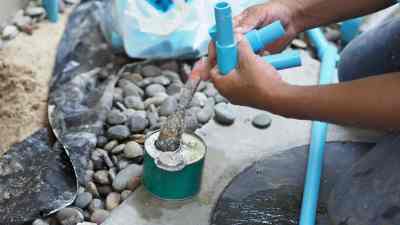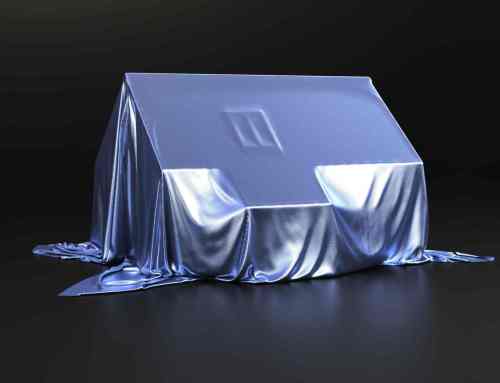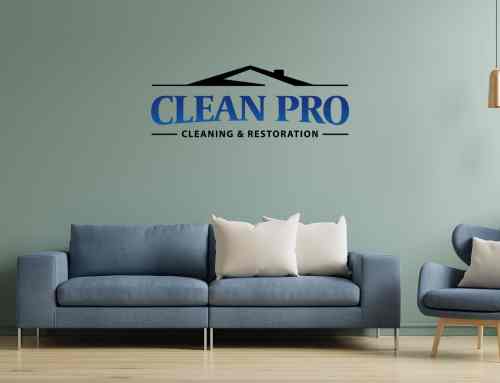Do You Really Need ALL Those MACHINES?
When Clean Pro Cleaning & Restoration gets the call to handle a water damage situation, whether its a broken pipe, plumbing issues, toilet overflow, natural disasters and flooding, etc., our goal is to get your structure and routine back to normal as quickly as possible. To be successful, we follow these steps.
 Protect– Provide for the safety of workers and occupants
Protect– Provide for the safety of workers and occupants
Inspect– Locate and document damage
Mitigate– Minimize or control damage; dry structure and contents
Monitor– Keep daily records of drying conditions and progress
Restore– Clean and repair structure and contents
While each of these steps requires special equipment, the machines used in mitigation are the most visible to you, the customer. This article explains why we need them and how they work.
The first principle of drying is to remove excess water. In most cases, we use a powerful vacuum extractor to quickly remove water from carpet and other floors since this is where most of the water ends up. This can be a noisy process, but the more water we remove in the beginning, the less time it takes to dry everything else.
After extraction, we coax water out of wet materials and into the air through the process of evaporation. One of the challenges we face is that air at the wet surface becomes saturated; unable to hold any more water vapor. This slows the drying process significantly. Air movement is needed to replace moisture-laden air at the surface with drier air. We use high-velocity air movers to increase airflow and promote evaporation.
The water vapor produced by evaporation moves into the surrounding air, increasing humidity. Air is like a sponge. If the sponge is dry, it will absorb water. But if the sponge is wet, it will release water into dry materials like drywall and wood. Left unchecked, increasing humidity will slow the rate of drying, causing additional damage and possible mold growth. We need keep humidity under control.
We use dehumidifiers to remove water vapor from the air. Again, if you think of the air as a sponge, the dehumidifier basically wrings the water out of the sponge so it can hold more water.
The most common dehumidifier is the refrigerant dehumidifier. It works by condensation. Humid air enters the dehumidifier and flows across cold copper coils. This causes water to condense out of the air. The condensed water drips into a container and is pumped into a drain or outside. The now dry air flows over another set of coils that are hot. This heats the air, resulting in hot, dry air exiting the dehumidifier; perfect for promoting rapid evaporation.
Desiccant dehumidifiers work on a different concept; absorption or adsorption. Those little “do not eat” packets you find in new shoes, electronics and other products, contain silica gel, a highly moisture-adsorbent material. When air enters a desiccant dehumidifier, it is drawn through a rotating panel coated with silica gel, drawing water from the air. The water is then baked out of the desiccant with hot air and exhausted outside.
The dry air that exits the dehumidifiers can now absorb and hold more water evaporated from wet materials. This process continues until all materials reach normal moisture content.
As you can imagine, this process can kick up quite a bit of airborne dust. So we may need to use air filtration devices to clean the air during the restoration process. This helps to protect you from irritants, allergens and pollutants that are present inside every home.
Again, our goal at Clean Pro Cleaning & Restoration is to get your home and routine back to normal as quickly and safely as possible. Please share this information with your friends, neighbors and family. We deeply appreciate your business and referrals.






